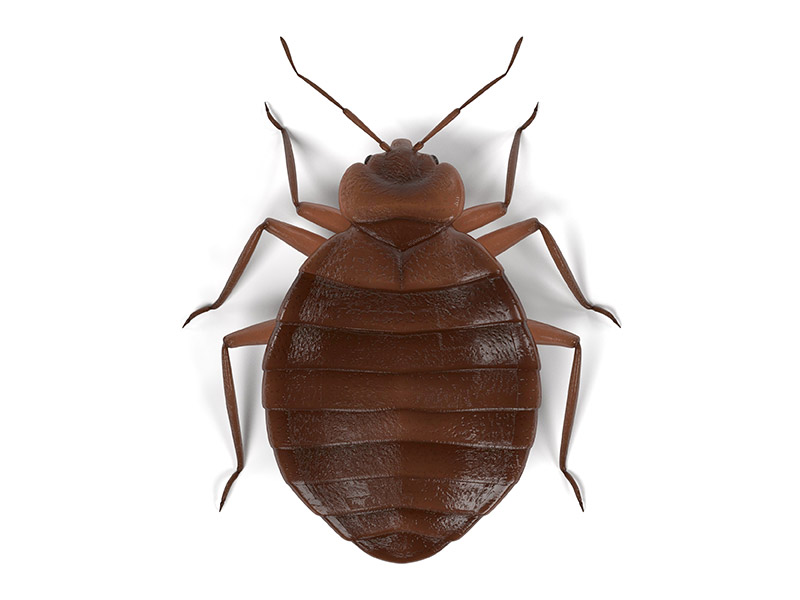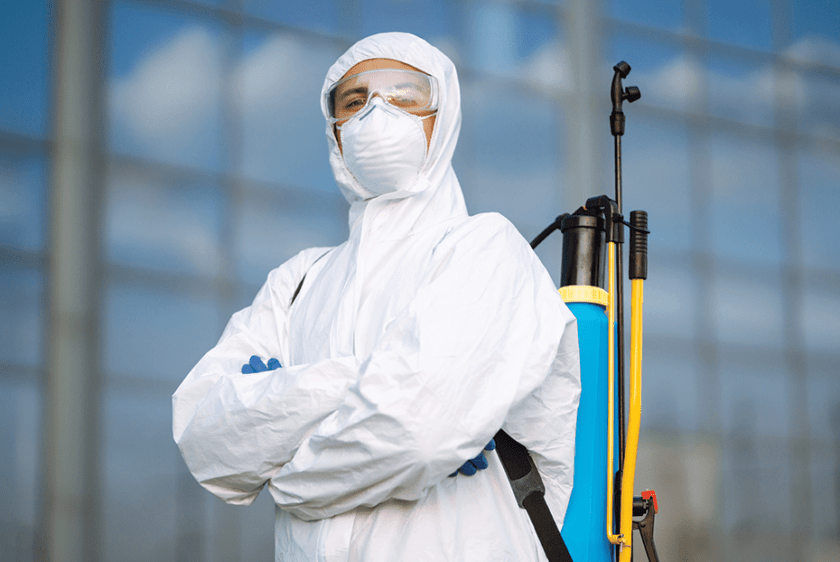Pest Control services for both commercial properties.
Eco-Friendly Pest Control Approaches for Managing Wildlife in Urban Locations
Urban locations usually find themselves at the intersection of human task and wild animals, leading to one-of-a-kind challenges in bug management. These strategies not only secure the environment yet likewise improve community engagement in wild animals administration. As city populaces proceed to expand, understanding the dynamics of wild animals communications becomes significantly essential.
Comprehending Urban Wildlife Dynamics
Comprehending Urban Wild animals Characteristics is important for establishing reliable and environmentally friendly pest control techniques. Urban locations are significantly coming to be habitats for various wild animals species, driven by factors such as environment fragmentation, food availability, and human infringement. Acknowledging these dynamics permits for a nuanced technique to pest management that straightens with eco-friendly principles.
Urban wild animals commonly includes varieties such as raccoons, squirrels, and birds, which adjust to city environments, discovering niches in eco-friendly spaces, parks, and even household locations. Their presence can result in problems with humans, especially when they exploit personnels for food and shelter. Recognizing the behaviors and environmental duties of these species notifies techniques that decrease negative interactions while advertising biodiversity.
Furthermore, recognizing the interdependencies within metropolitan ecological communities aids in recognizing important areas for habitat conservation and reconstruction. This knowledge adds to the advancement of incorporated parasite management (IPM) methods that think about the eco-friendly equilibrium, consequently reducing reliance on damaging chemicals. By cultivating conjunction in between human beings and city wildlife, cities can produce healthier atmospheres that benefit both citizens and regional environments, leading the way for sustainable urban living.
All-natural Repellents and Deterrents
All-natural repellents and deterrents supply a sustainable alternative to conventional pest control methods by utilizing the power of nature to keep unwanted species at bay. These environment-friendly options typically make use of plant-based active ingredients, vital oils, and various other naturally happening substances that deter pests without damaging the atmosphere.
One efficient natural repellent is peppermint oil, which is known to repel rats and bugs. Its strong aroma is undesirable to lots of insects, making it a popular choice for city settings. Vinegar and citrus peels can offer as deterrents, as their strong odors are commonly unattractive to various wild animals.
Furthermore, diatomaceous earth is an all-natural powder that can be spread in locations susceptible to pest task, efficiently drying out and preventing insects without posing risks to non-target types. Garlic sprays and neem oil are acknowledged for their capacity to ward off a vast variety of parasites, including both pests and larger wildlife.
Implementing these natural repellents not just reduces dependence on chemical pesticides but likewise advertises a healthier metropolitan ecological community, promoting a much more balanced coexistence in between human beings and wild animals. By using these strategies, metropolitan locations can efficiently handle parasite populations while reducing ecological effect.
Environment Modification Methods
Efficient environment alteration techniques play an important role in sustainable insect monitoring by modifying the environment to make it less for pest invasions. By recognizing the environmental characteristics of city locations, homeowner can execute strategic modifications that discourage bugs while advertising biodiversity.
(Exclusion Pest Control)One primary method entails keeping proper sanitation. This includes routine waste removal, safeguarding garbage containers, and eliminating standing water to reduce breeding sites for pests and rodents. Additionally, landscaping practices such as selecting native plants can enhance eco-friendly balance, offering habitats for useful organisms while reducing resources for insects.
An additional vital approach is to seal entrance points in structures. Evaluating and repairing cracks in structures, walls, and home windows can dramatically minimize pest accessibility. Moreover, producing physical obstacles, such as fencings or plant buffers, can hinder wildlife movement right into human-inhabited areas.
Integrated Pest Monitoring Practices
Structure upon habitat adjustment techniques, incorporated pest monitoring (IPM) practices use an alternative approach to managing pest populations while minimizing environmental effect. IPM incorporates different approaches, including organic, social, mechanical, and chemical controls, to accomplish reliable parasite administration.
Organic control involves the introduction of all-natural killers or parasites to reduce parasite populations. Cultural methods, such as plant rotation and hygiene, disrupt pest life process and diminish their habitats - Pest control service. Mechanical controls, like catches and barriers, offer prompt alleviation from pest pressures without chemical treatment
Chemical controls are made use of as a last hope, focusing on targeted applications that limit harm to non-target types and the setting. The selection of like it eco-friendly pesticides, when needed, is integral to the IPM structure. In addition, keeping an eye on bug populaces and analyzing potential damage helps inform decision-making, making certain that treatments are timely and reliable.
Neighborhood Participation and Education And Learning

(Wildlife removal Port Charlotte)Workshops and informational sessions can furnish residents with knowledge about native species, environment preservation, and reliable safe parasite monitoring methods. Partnership with institutions, local organizations, and government firms better boosts academic outreach, making sure that vital info gets to varied audiences.
Furthermore, community-led initiatives, such as area clean-up days and environment repair projects, not just advertise biodiversity however also strengthen area ties. Pest Control. By urging residents to share their experiences and observations, areas can establish targeted approaches that deal with specific local pest issues
Including comments from locals right into insect monitoring plans enables an extra receptive and adaptive technique to wildlife obstacles. Eventually, informed and involved communities are vital to achieving lasting success in green insect control, leading to healthier city atmospheres that value both human and environmental demands.

Verdict
In verdict, green bug control approaches offer lasting options for handling urban wild animals. By focusing on habitat alteration, making use of natural repellents, and carrying out integrated pest monitoring methods, communities can cultivate an unified coexistence with neighborhood fauna.